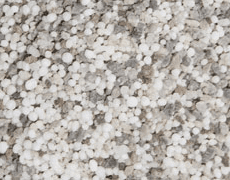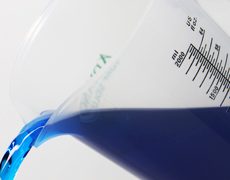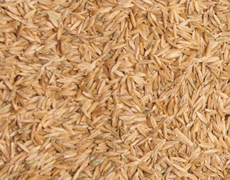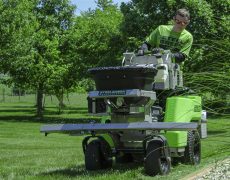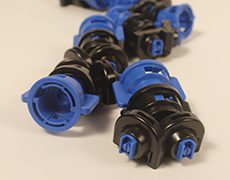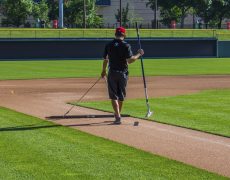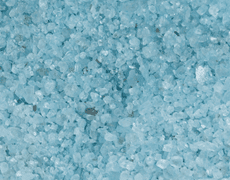Why Late Fall Fertilization is Key to Spring Success
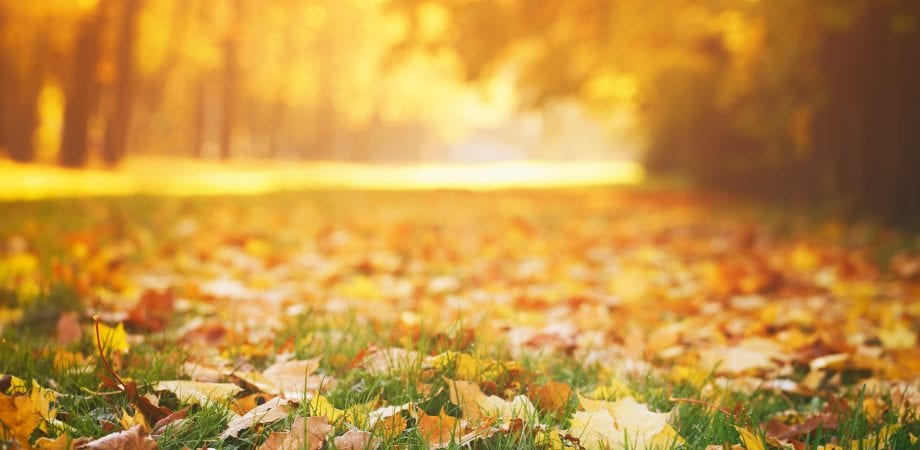
Late fall fertilization has been promoted as a way to extend the color and health of cool-season grasses into early winter. This practice yields several benefits in the following growing season, including earlier spring green-up, improved turf density, increased tolerance to spring diseases, and fewer weeds.
It also contributes to the buildup of carbohydrate reserves in the stems and rhizomes of the turf and encourages root growth. The carbohydrate reserves bolster the turf’s ability to withstand winter damage and improve its resistance to environmental stress when spring arrives. Late fall fertilization encourages increased root growth as long as the soil hasn’t frozen immediately after application. Temperatures above freezing promote root development, even though shoot growth has slowed down, allowing the roots to make more use of the fertilizer applied.
Research suggests that late fall fertilization is best performed when the turf no longer needs regular mowing but is still actively producing chlorophyll to maintain its green color (re-emphasizing before the soil temperature is freezing). The specific timing each year depends on the whims of our ever-changing Mother Nature.
Most late fall fertilization focuses on nitrogen; however, a little potassium can also benefit the turfgrass plant. Nitrogen application ranges vary from 0.75 lb. N/1000 sq. ft. to 1.5 lb. N/1000 sq. ft. Often, the overall success of late fall fertilization also depends on late summer and early fall applications made for the turf to recover from summer stresses.
ATS offers several late fall fertilization choices. Contact your ATS sales representative for more information about this critical application.
